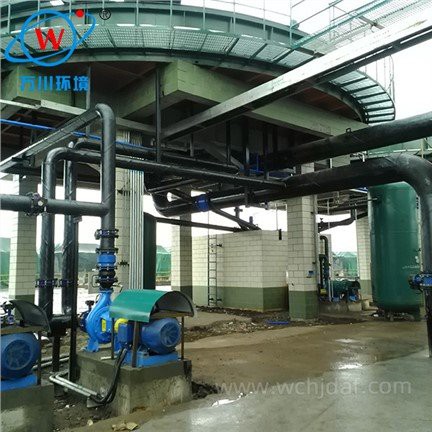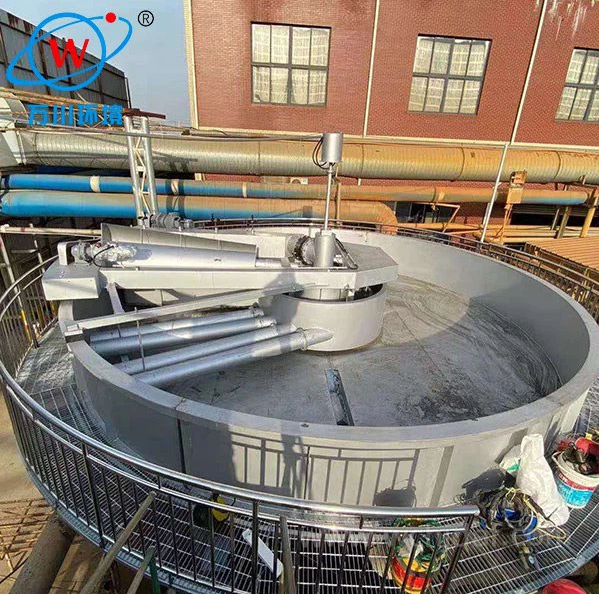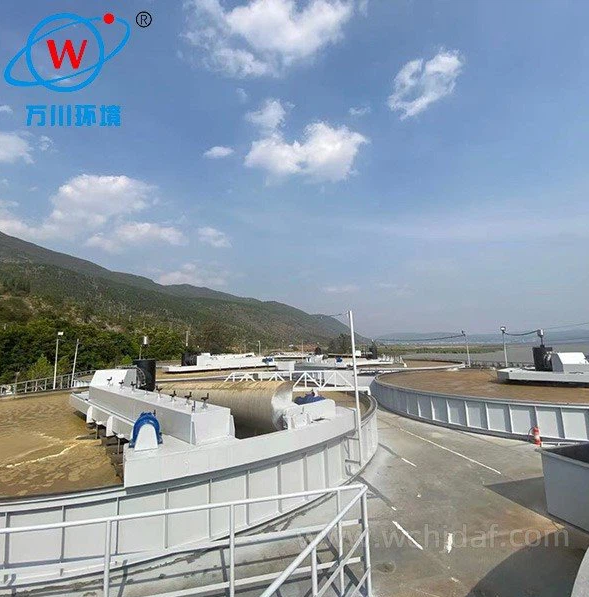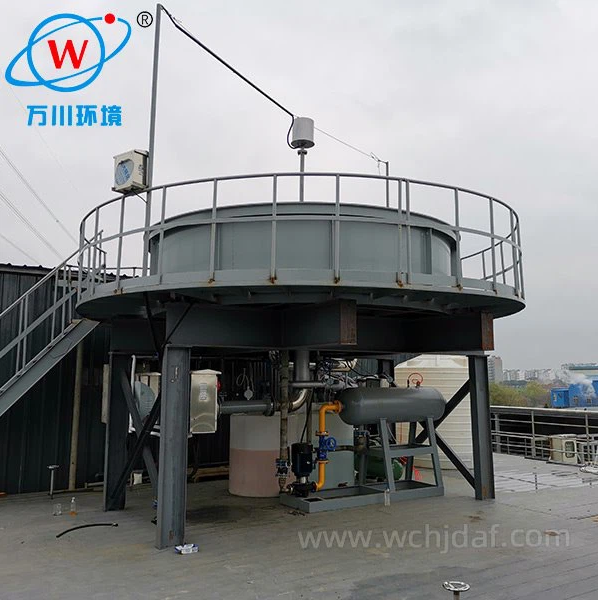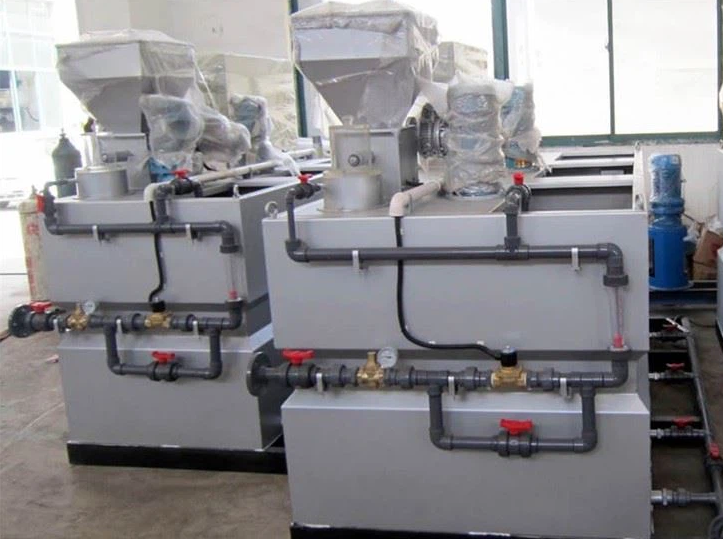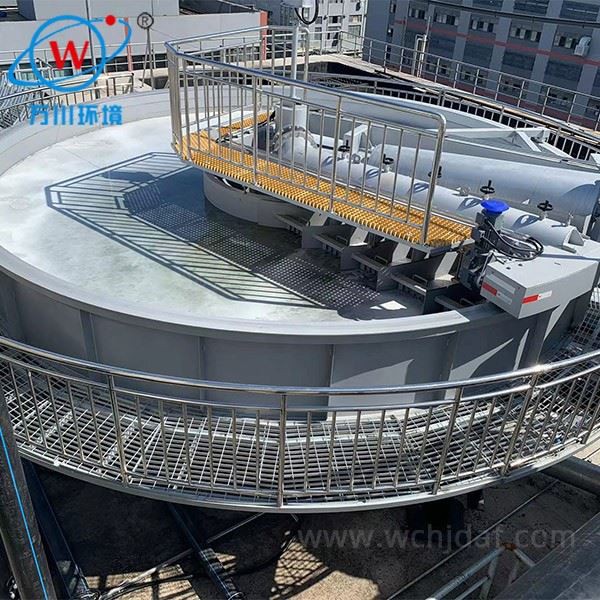Effective Dewatering
- Reduces sludge volume through moisture removal
- Utilizes methods like mechanical pressing or centrifugation
- Simplifies handling and transportation
- Minimizes leakage risks during transit
- Enhances operational efficiency with less frequent removal needs
Stabilization
- Neutralizes organic compounds that can decompose
- Prevents release of foul odors and harmful gases
- Inhibits pathogen growth through biological digestion or chemical conditioning
- Prevents secondary pollution like soil or groundwater contamination
- Ensures sludge stability during storage and disposal
Harmlessness Standards
- Reduces or removes residual contaminants to meet guidelines
- Addresses heavy metals from industrial wastewater
- Manages traces of flocculants used in flotation process
- Prevents toxic accumulation in soil or water sources
- Ensures compliance with air quality standards if incinerated
Resource Recovery Compatibility
- Aligns with global sustainability goals
- Enables repurposing of treated sludge rather than disposal
- Potential for processing into soil conditioners for non-food crops
- Energy-rich components can be used in anaerobic digestion for biogas production
- Reduces reliance on landfills and overall environmental footprint
Regulatory Compliance
- Meets specific regional rules for sludge management
- Addresses permits for transport and disposal
- Adheres to limits on pollutant levels in discarded sludge
- Requires documentation and monitoring for verification
- Ensures accountability and prevents unauthorized discharge

